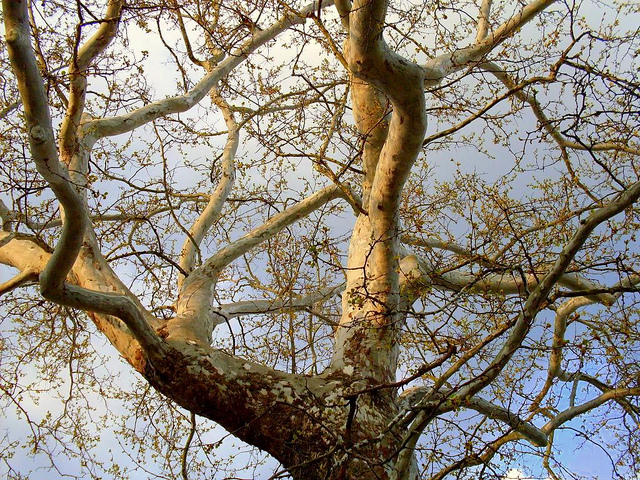
We have a bounded rationality and a limited point of view that doesn’t see the interconnected web of relationships that make up the world…”
…says Simon Evetts, shortly into Developing an Interconnected Worldview: a guiding process for learning; a masters thesis presentation given at the Blekinge Institute of Technology in Sweden by Brendan Seale, Dylan Skybrook, and Evetts.
Considering the thesis is a team effort, individual distinction for subsequent quotes will be omitted.
To not being able to see or feel interconnection, means that we unconsciously interfere with the natural and social systems that support life. These unintended consequences lead to their systematic dysfunction. And so the inability to perceive connections is the fundamental root cause of many of the worlds problems of today.
And this is a crisis of perception.
We need to think, feel, and act in terms of interconnections… allowing us to build on and broaden our thinking for a more accurate picture of reality. This can be facilitated by education that develops both our conceptual and perceptual understanding of interconnectivity.”
4 Big Questions In The Presentation
- What Is An Interconnected Worldview?
- How Can An Interconnected Worldview Be Developed?
- What Pedagogical Approaches Could Enable The Development Of An Interconnected Worldview?
- How Could A Learning Experience Be Designed To Develop An Interconnected Worldview In Support Of Strategic Sustainable Development?”
Here is the full presentation of Developing an Interconnected Worldview: a guiding process for learning:
Untitled from Converge Project on Vimeo.
The 6 Steps Of The Guiding Process To Learning
1) “Highlight the inadequacy of a reductionist worldview for meeting the needs of the learner to survive and thrive in ‘society within the ecosphere.”
- “What are the current norms, assumptions, and beliefs; and how are they limited for dealing with the challenges of today?”
2) “Ask the learner to diagram or become aware of the closest, most approximate connections to the learner within ‘society within the ecosphere.”
- “This step makes the notion of interconnectivity much more concrete and starts to build both a cognitive skill to make connections and the idea that what is important for the learner exists in a larger web.”
3) “Invite the learner to view ‘society within the ecosphere’ from a top or ’30,000 foot’ view.”
- “It indicates that everything that the learner is dependent upon, which was explored in step 2, is in turn reliant on other things in the larger context.”
4) “Invite the learner to become aware of his or her subjective experience of being/participating in “society within the ecosphere.”
- “If we include what you and I subjectively experience; we must see that we are in the system. It is not something that can be objective to us or outside of us… this is how we can feel urgency by actually experiencing our interconnectedness with the world beyond just thinking about it.”
5) “Invite the learner to picture ‘society within the ecosphere’ as a whole, including proximate connections, the top view, and subjective experience. Then invite the learner to consider that his or her identity must include the whole.”
- “Step 5 combines the previous three steps to provide the learner with a sense of the whole. In other words, with an interconnected world view.”
6) “Invite the learner to consider how he or she will care for this whole that he or she is/depends upon.”
- “This step addresses the immediate meaning of the new information as it relates directly to the learners life and wellbeing.”
- “Step six ultimately provides the learner with an understanding that their new knowledge can be manifested into actions that serve the whole, which include the learner.”
The full thesis text can be found here.
Image: My Late Afternoon… by Universal Pops.
